African Stories: The Textile Art of Ibrahim Mahama
History and memory are bound into the textile art of contemporary artist Ibrahim Mahama, who works with found, archival fabrics that have associations with Ghanian history, colonialism, and post-colonialism. It is worth noting that fabric is just one strand of his multifarious practice, which involves sourcing and transforming vast collections of similar found objects and materials, from metal rebars and second-hand train seats to shoe shining boxes, which are brought together into all-encompassing installations that speak of human experience, freedom, labour and exploitation. But over the years Mahama has returned to fabrics of all kinds again and again, including old tarpaulin, wax-batik patchworks and well-worn jute sacks, discovering how they can cloak, conceal, and slowly reveal quietly complex stories that deserve to be told and retold.
Born in 1987 in Tamale, Ghana, Mahama was raised in a polygamous family with multiple mothers and fathers, and hundreds of brothers and sisters. He attributes his desire to work collaboratively today with the experience – Mahama now employs large teams of skilled makers to assist in the production of his art. His mature practice also draws on the political circumstances of his surroundings while growing up, as Mahama explains, “I was born in northern Ghana, a region with significant historical contributions to the country’s development. However, this history is often marginalised when told… Interestingly, Ghana’s motto is “freedom and justice,” – many who fought for this freedom from the British colonial administration were from my region but often marginalised.”

No Friend but the Mountains 2012-20. Turbine Hall at Cockatoo Island, Sydney for the 22nd Biennale of Sydney
Mahama trained as an artist at the Kwame Nkrumah University of Science and Technology (BA, MFA, PhD), and it was while still a student that he began avidly collecting fabrics. His breakthrough work came in the form of jute sacks, stitched together by huge teams of skilled assistants into vast quilts measuring up to 70 metres in width. He then draped them over prominent buildings to be seen by the wider public. As much as they are visually arresting, his jute installations are also loaded with politicised history and meaning. Mahama says, “I used jute sacks because for me the history of crisis and failure is absorbed into the material.” He explains, “Their history speaks of how global transactions and capitalist structures work.” These sacks have been on quite a journey, having been made in South East Asia, but used by the Ghana Cocoa Board to transport cocoa beans, and later food, charcoal and other goods. Mahama says, “The hope is that their residues – stained, broken, and abandoned, but bearing light – might lead us into new possibilities and spaces beyond.”
Another strand of Mahama’s practice involving textiles is what he calls ‘fabric paintings,’ made from diverse and colourful swatches of Dutch wax cloth fabric that he has been collecting for years, acquired from market traders in Ghana through a process of fair exchange. The fabrics are part of a complex history, featuring imitation batik designs in the African tradition which are manufactured in Europe and China, but have become absorbed back into African culture. Their richly detailed patterns are thereby loaded with multicultural complexities, a melting pot of identities which fascinates Mahama. He brings his swatches together with brightly coloured, visible stitching into quilt-like patterns that explore a striking interplay of clashing shapes and colours, speaking of multiplicity and the complexities of identity in the modern world.
In Spring and Summer this year, Mahama draped a vast sea of pink and purple fabric over London’s Barbican Museum, an intervention titled Purple Hibiscus (2024). Its construction was made possible through a collaboration with hundreds of skilled craftspeople from Ghana. Embroidered onto the surface of the fabric are 100 ‘batakaris’, or robes once worn by Ghanian kings, precious, regal garments handed down through family generations, which carry within their folds the incredible, adventurous stories from the great leaders of the past. “This is an African story,” he says, “with ideas of freedom beyond the chaos.”


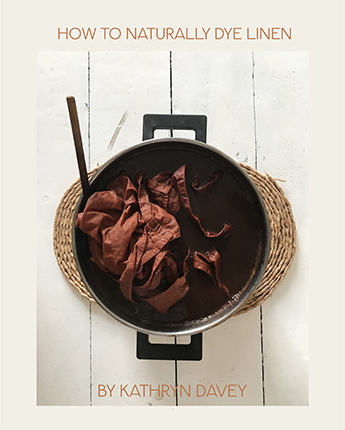
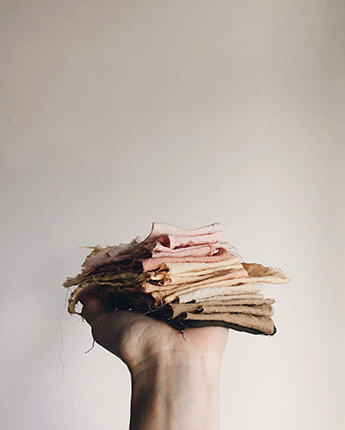


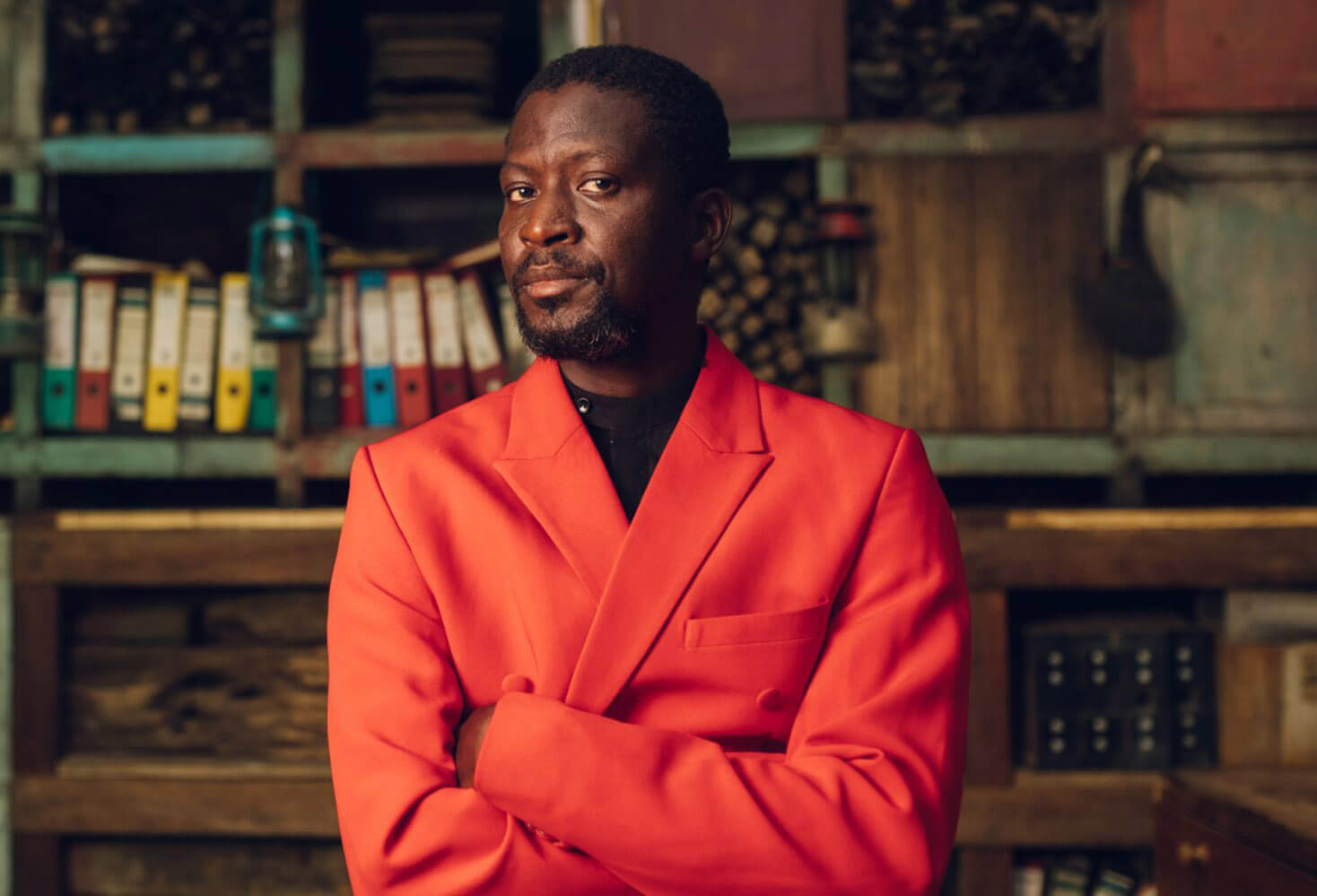
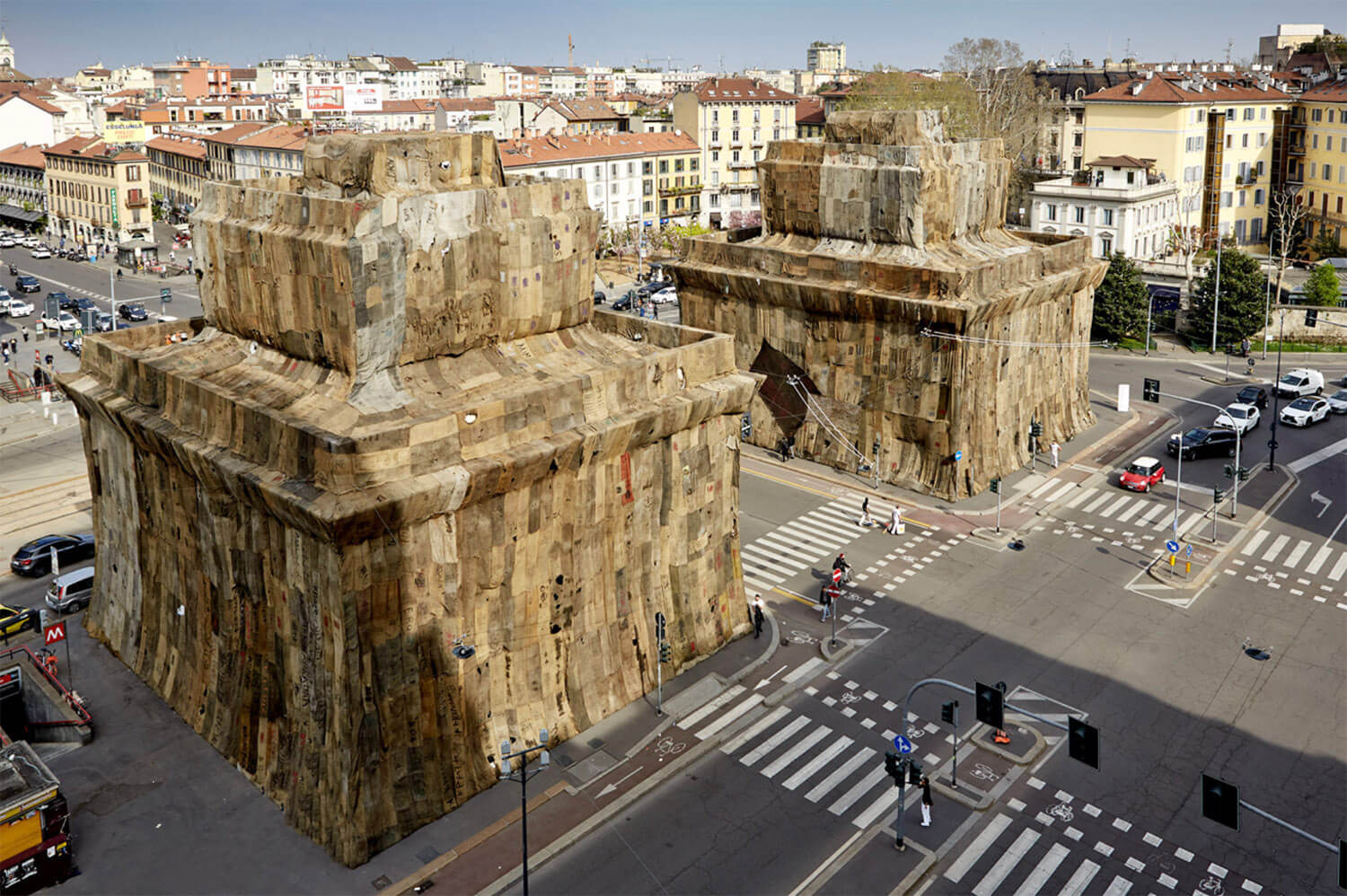
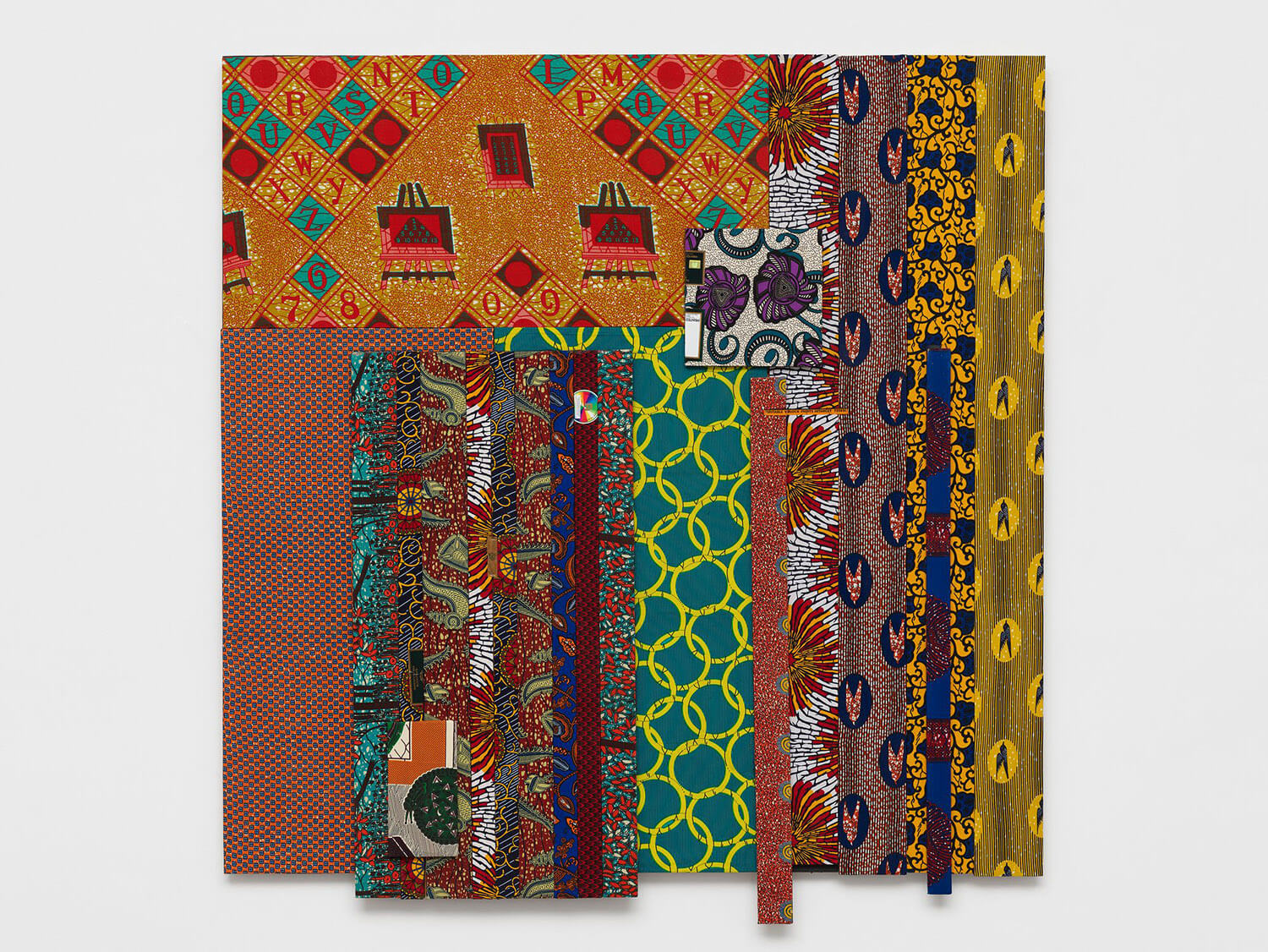
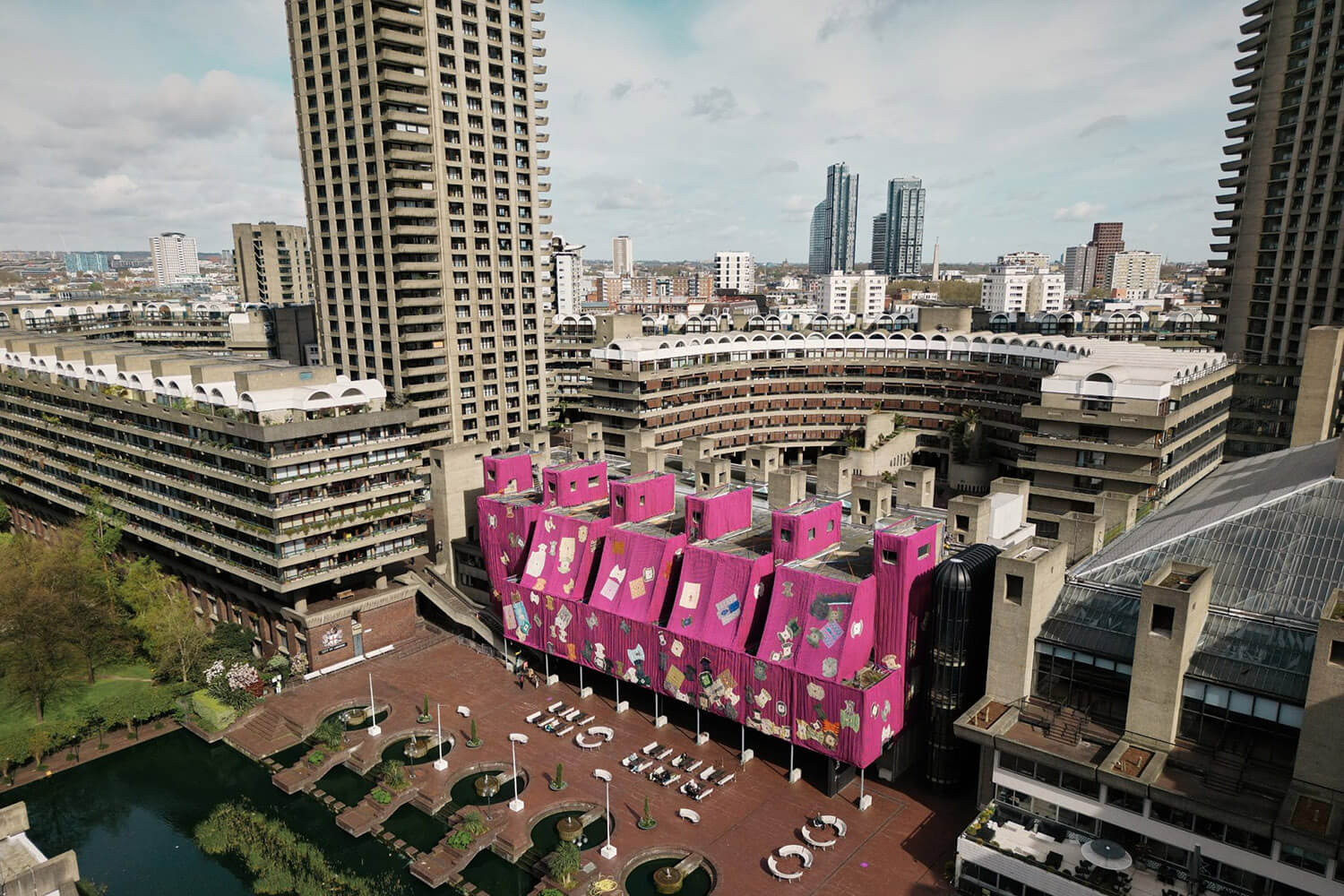
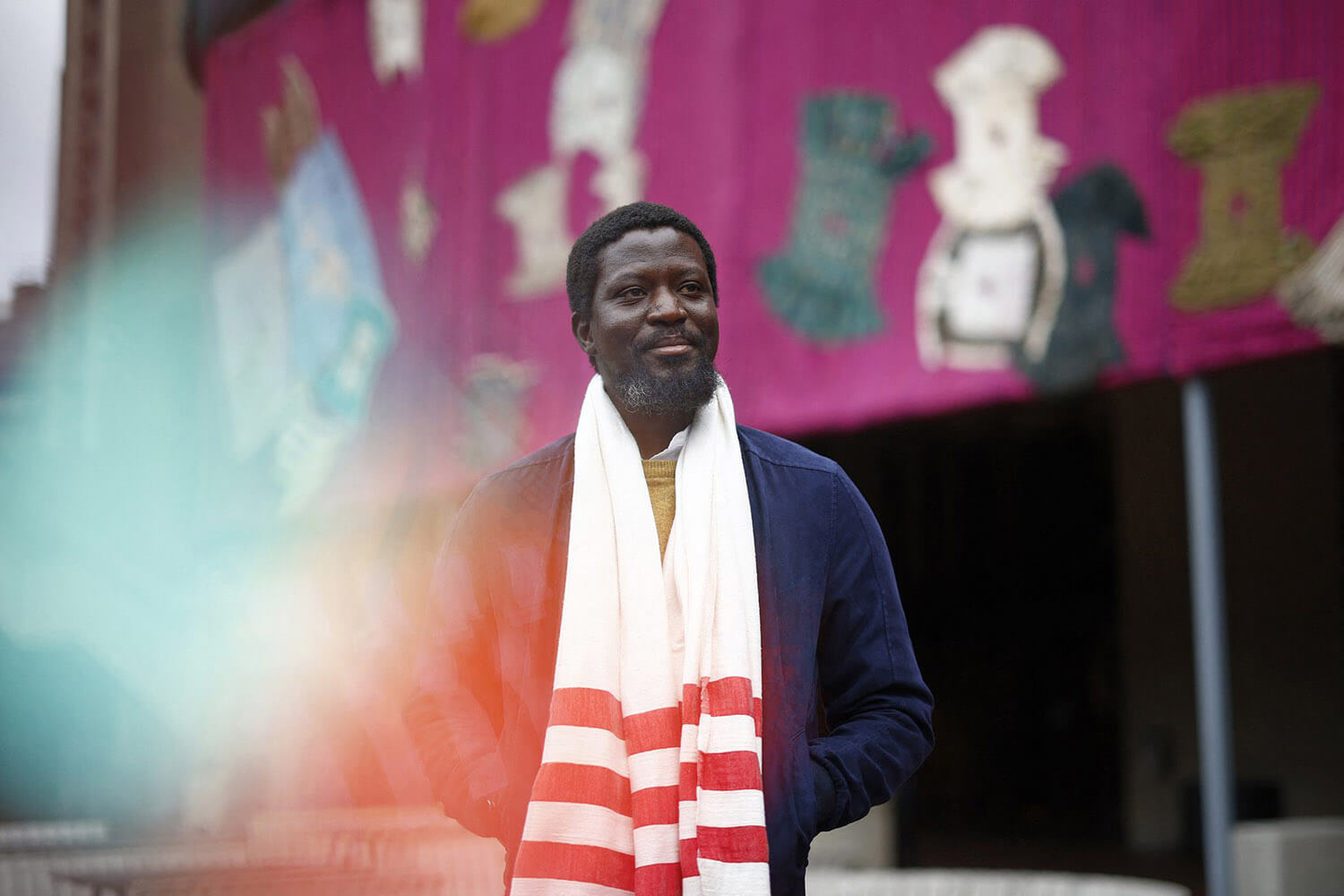
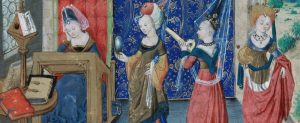
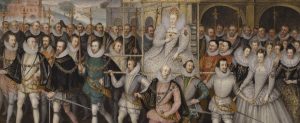

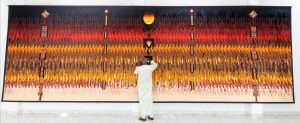
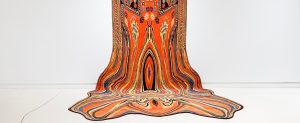

























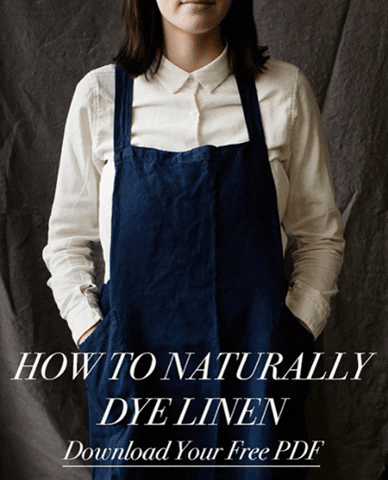




Leave a comment